The Ultimate Guide to Matcha
Matcha is one of the trendiest teas at the moment, and is only becoming more and more popular, due to its unique flavour, health benefits and striking green colour.
But matcha can seem quite intimidating if you’re new to it; we’ve got the answer to every single matcha question you could ask; from its origins, how to tell good from bad matcha, the best ways to make it at home and all the matcha green tea benefits you can enjoy.
What is Matcha?
Matcha is a type of green tea, made Japanese green tea leaves, which are harvest and processed, before being ground into fine powder.
How is Matcha made?
Matcha is made from high-quality tea leaves – typically the yabukita cultivar, but also from the premium okumidori cultivar- which undergo a careful shade growing period. Restricting the tea plant’s exposure to the sun triggers increased production of chlorophyll, a type of amino acid, which gives the leaves, and any tea made from them a more refined and layered flavour.
History of Matcha
An early form of matcha emerged roughly 1000 years ago in China; when tea was tightly compressed into small bricks for ease of storage and transport and could be easily turned into a powder. This style was most common when tea was brough to Japan from monks returning from China.
Powdered tea fell from popularity in China over the following centuries, before fading from Chinese tea custom altogether. Nonetheless, it remained popular in Japan; the processing of high-quality green tea leaves into powder transformed over the centuries to what we would now recognise as matcha.
To learn more, read the History of Japanese Tea blog.
What does Matcha taste like?
Matcha is such a wonderfully unique flavour; there’s nothing quite like it!
True quality matcha should be grassy and umami when you sip and become creamy and slightly sweet as you swallow; with a vegetal aroma.
If the matcha tastes overly bitter, it is usually a sign that it is not high-quality matcha, or that it has been brewed at too high a temperature (see further down for instructions on how to make perfect matcha at home).
Read our full blog on What Does Matcha Taste Like? for full details on how to tell what’s the good stuff.
How to make Matcha
Matcha may seem daunting to make, but it’s fairly easy to make if you have the basics down.
We have a range of the finest matcha for you to choose from, but one main thing to remember before you start;
Never make matcha with boiling water. Matcha, like all green tea, cannot withstand boiling temperatures; it simply destroys the flavour and creates an overly bitter brew which is not pleasant to drink.
How to Make Traditional Matcha
This is one the healthiest ways to consume matcha, and the simplicity of traditional matcha truly allows you to appreciate the flavour notes, the fresh aroma and the invigorating caffeine boost, and to connect with this unique tea's heritage.
1. Add ½ Tsp of Ceremonial Grade Matcha Powder
2. Heat the Water to 70-80°C
3. Add a small amount of the hot water - enough to create a thin paste, a bit like an espresso shot
5. Whisk the matcha and water together, using a bamboo whisk or electric whisk. Start slowly to mix the powder with the water, then increase your speed while using a W motion to create froth.
6. Fill up with the hot water
7. Enjoy!
How to make a Matcha Latte
Matcha Lattes can be found on most café menus these days, and it’s not hard to see why. The intensity of matcha’s flavour won’t be lost with the addition of milk or sweeteners; in fact, they can enhance it and lead to a whole new avenue of enjoying matcha. Try making a Matcha Tea Latte at home!
1. Add ½ Tsp of Ceremonial Grade Matcha Powder
2. Heat the Water to 70-80°C
3. Add a small amount of the hot water - enough to create a thin paste, a bit like an espresso shot
4. Whisk the matcha and water together using a bamboo whisk or electric whisk. Start slowly to mix the powder with the water, then increase your speed while using a W motion to create froth.
5. Heat your milk on the stove or in the microwave
Tip: using a milk frother or a kitchen whisk can help make the milk frothy. Be careful not to overheat the milk or it may burn.
6. Pour the hot milk gently over the whisked matcha
7. Enjoy!
Tip: Those with a sweet tooth may want to add their sweetener or syrup here and stir into the matcha before adding the milk. This can also be done once the milk has been poured but may disrupt the foamy top.
If you’re still uncertain about how to get started, we have a collection of Matcha Essentials to help you get brewing.
Does Matcha have Caffeine?
Matcha, like all teas made from the tea plant, naturally contains caffeine.
Matcha has higher caffeine content than all other teas, because it is a powder which is absorbed by the water and consumed in its entirety- as opposed to normal teas where the tea leaves are allowed to infuse for a few minutes, before being removed.
Essentially, you are consuming the entire tea leaf, providing you with a greater amount of natural energy from the caffeine.
This is a huge part of why matcha has become so popular, as an alternative, healthier caffeine source. Read our blog Matcha vs Coffee to discover all the reasons you should start your day the green way!
Health Benefits of Matcha Green Tea
Part of the reason that matcha has become so popular recently is that it is full of health benefits!
Matcha is bursting with antioxidants, which are useful for combatting inflammation and may even help decrease the chance of getting cancer [Healthline Link].
Studies have shown potential benefits from drinking matcha on heart health and the cardiovascular system, as well as an aid to weight loss and gut health.
Matcha also contains L-Theanine, a chemical that has been associated with increased calmness and improved sleep quality, which can help to mitigate some of the less desirable side effects of caffeine.
Summary
From its ancient origins, steeped in Japanese tea tradition, to its delicious flavour, the best ways to brew and all the health benefits, we’ve covered it all.
Matcha is such a healthy tea to incorporate into your daily routine, and we hope you’ve learned everything you need to get started. See our Matcha Collection if you’re still looking for more.
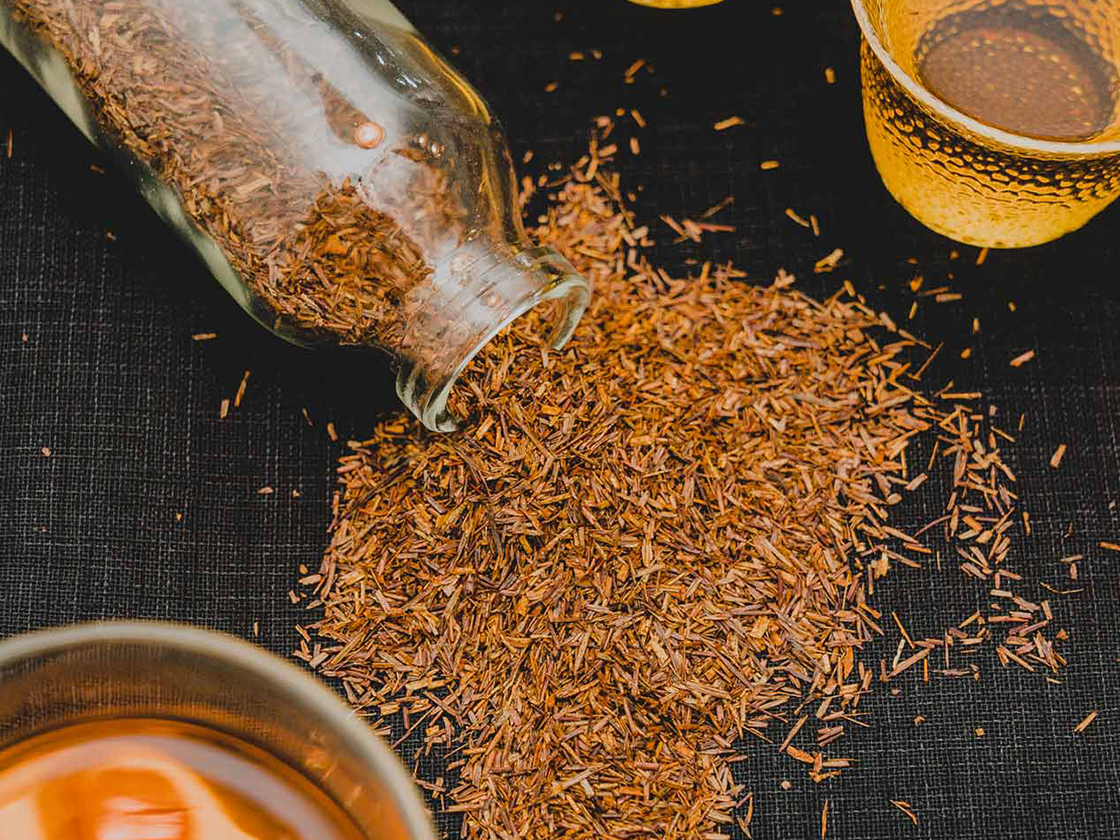
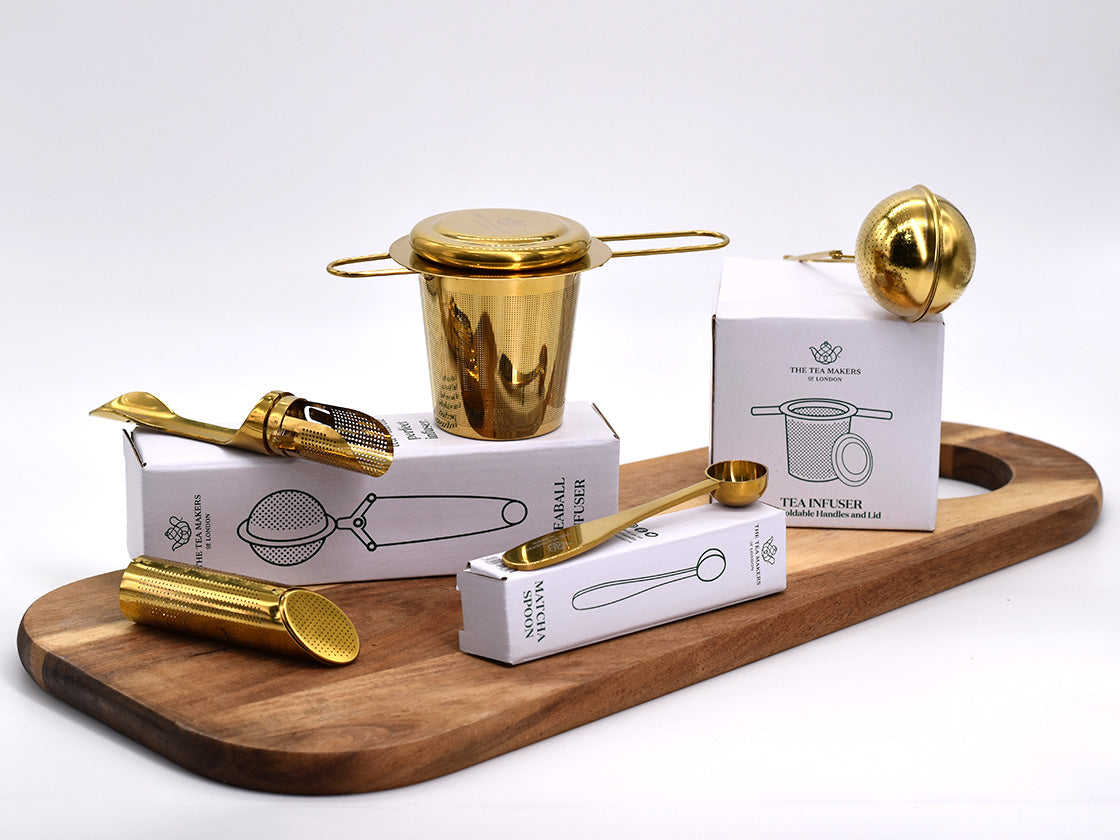
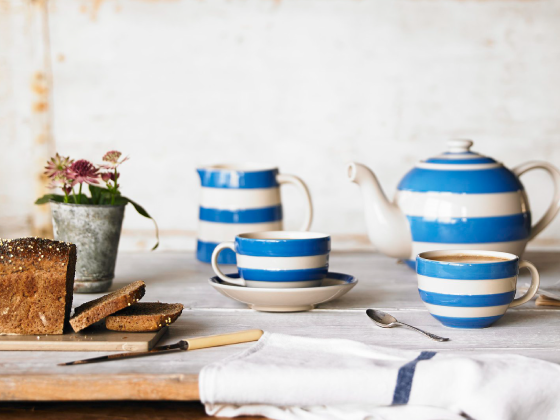

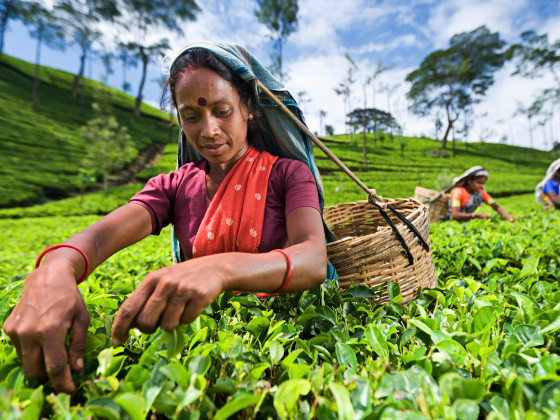
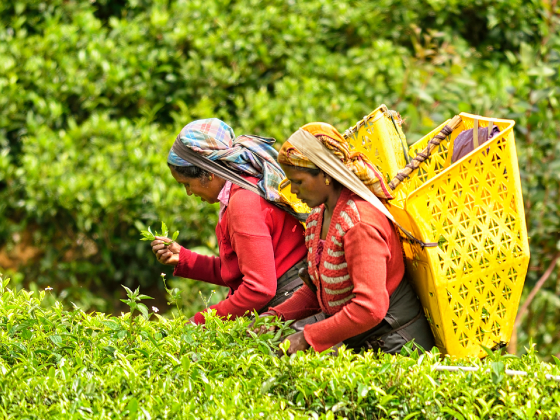

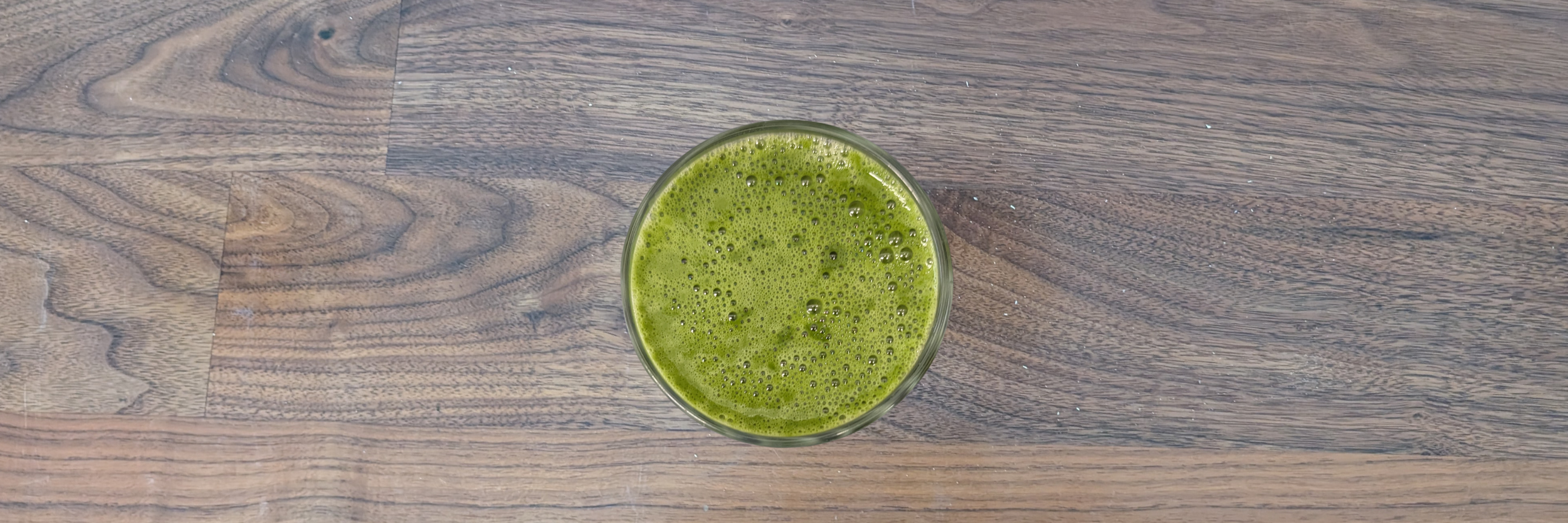
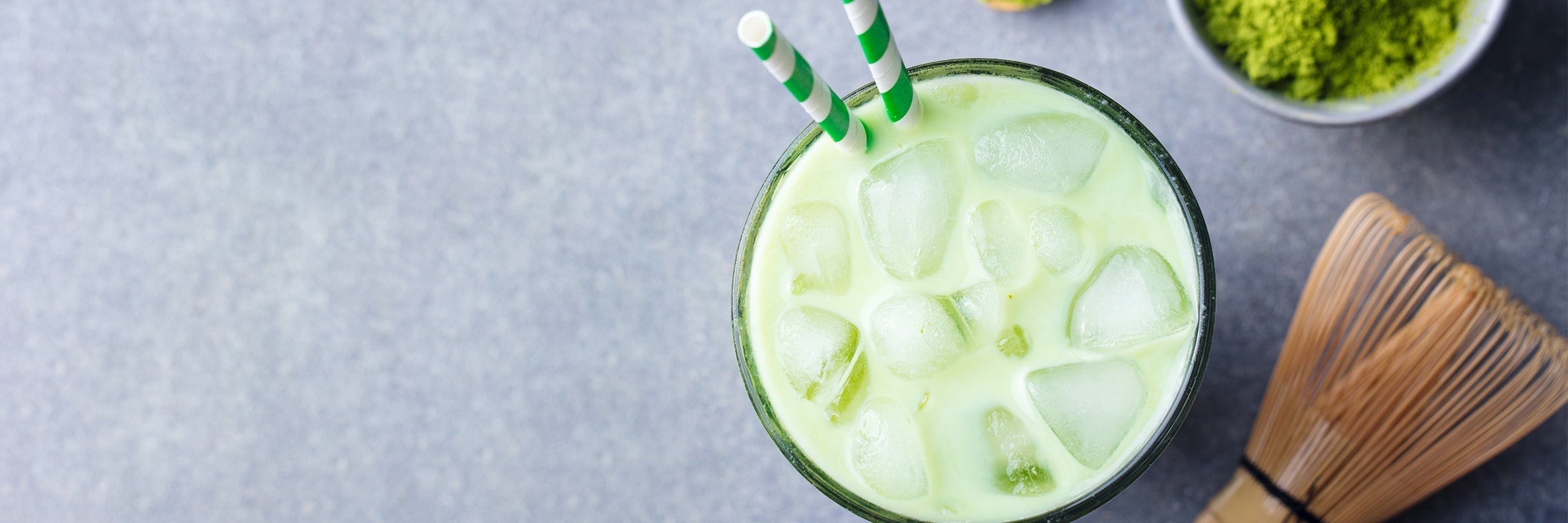
1 comment
Matchasamurai
Thank you for this informative blog. You almost cover everything I was looking for
Thank you for this informative blog. You almost cover everything I was looking for